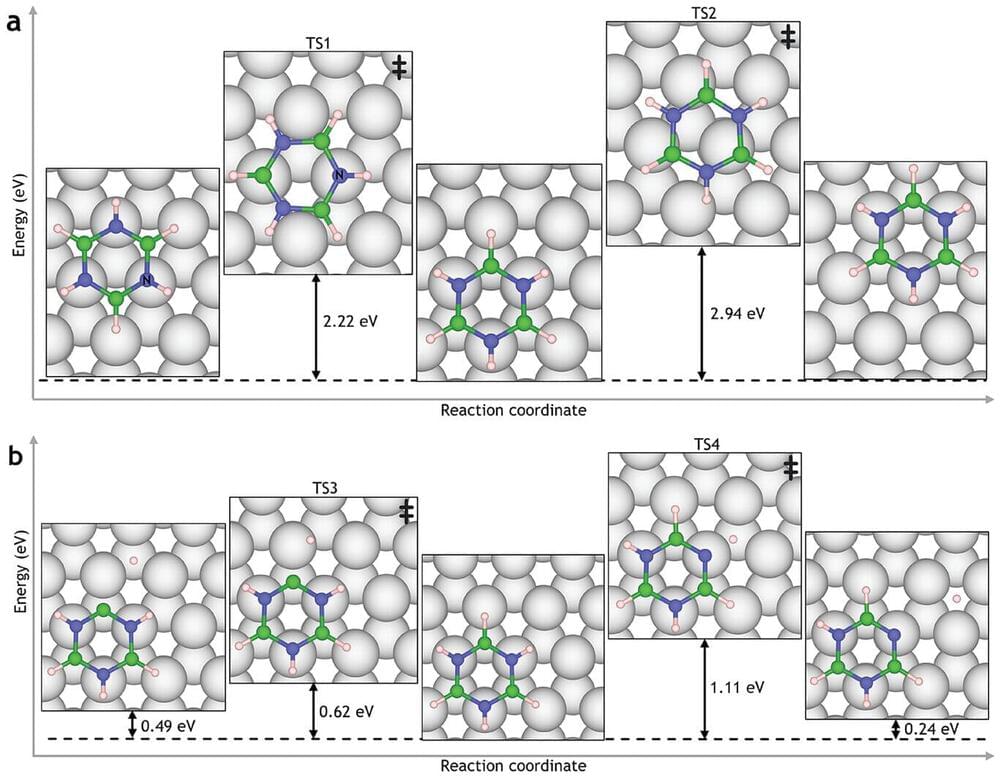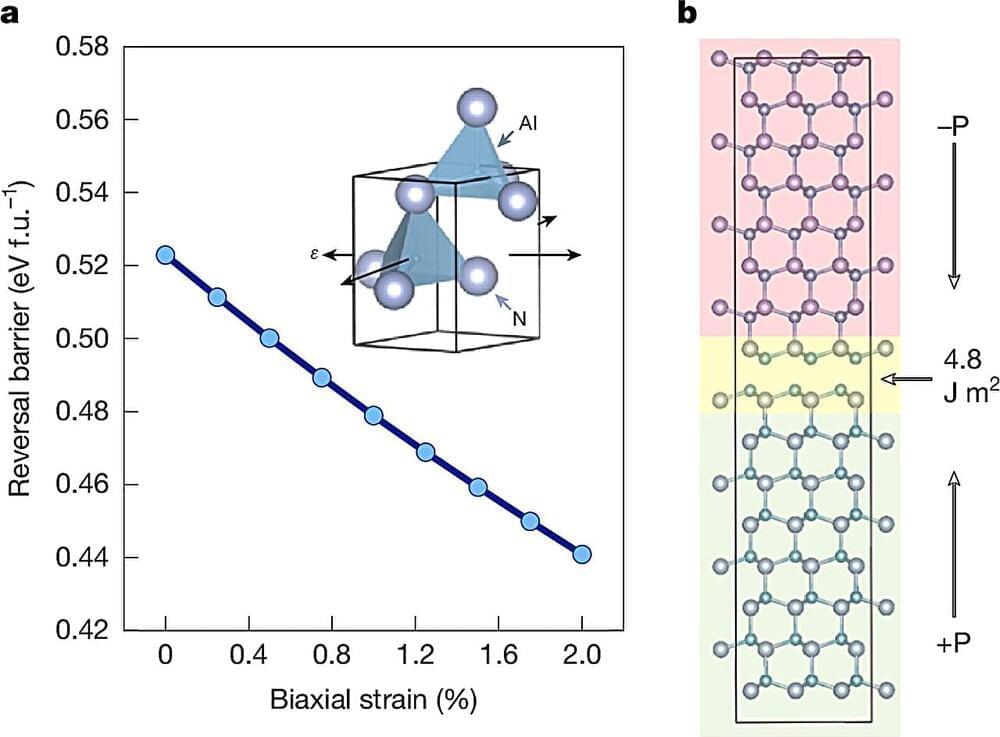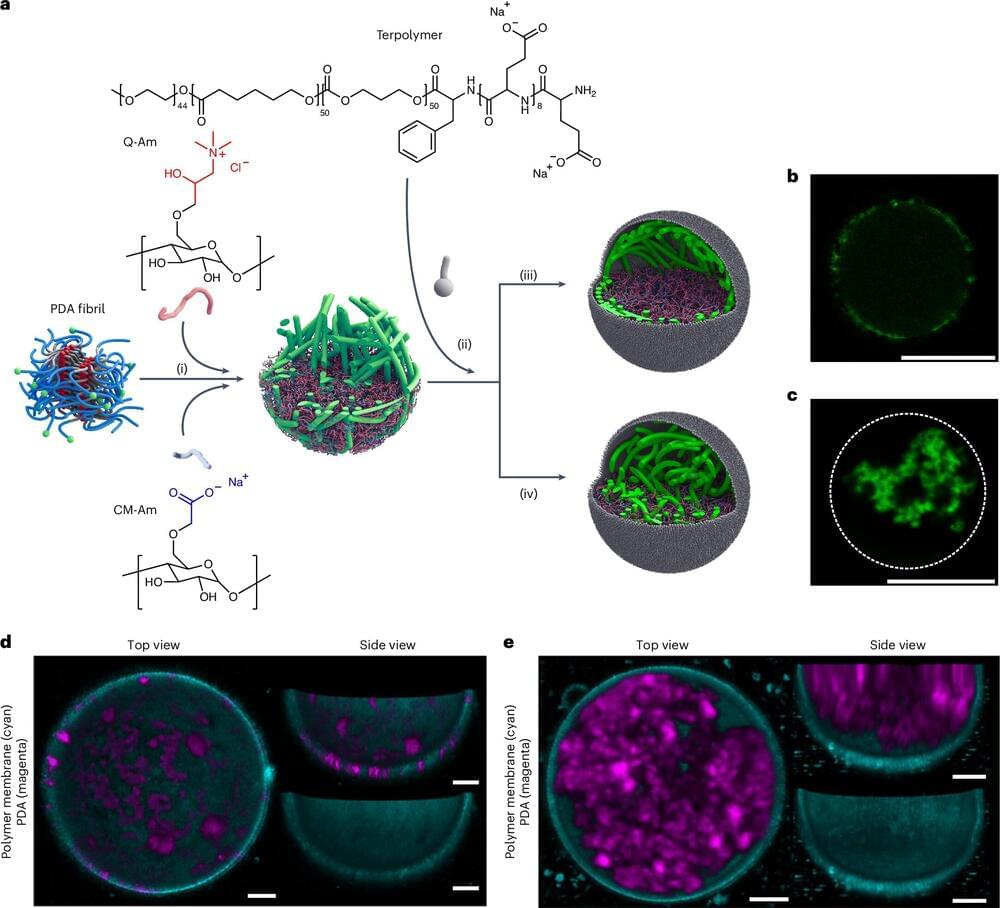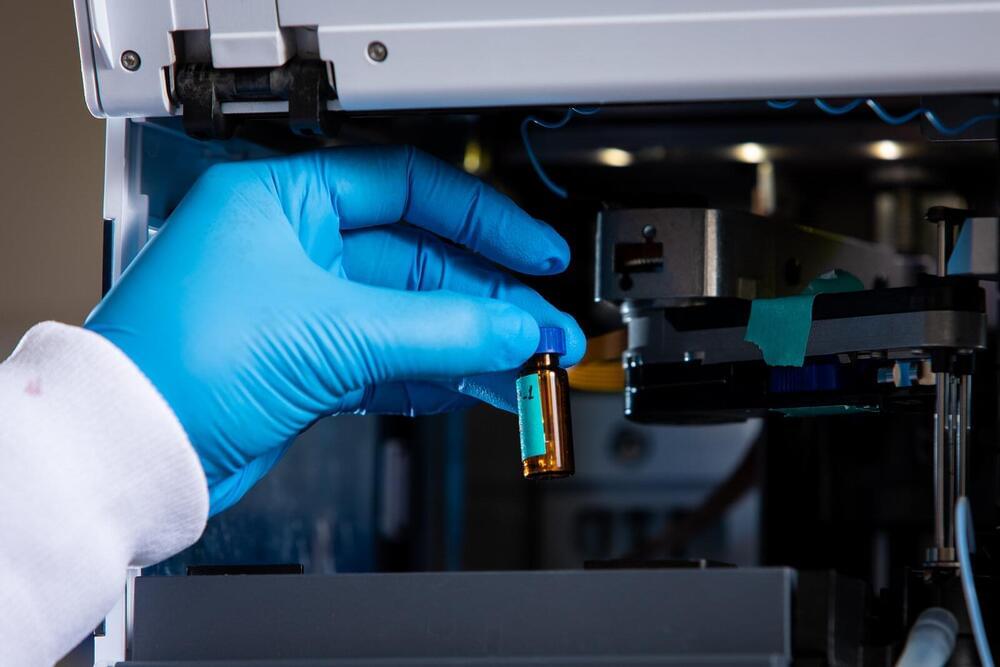Researchers have developed a new method for quickly detecting and identifying very low concentrations of gases. The new approach, called coherently controlled quartz-enhanced photoacoustic spectroscopy, could form the basis for highly sensitive real-time sensors for applications such as environmental monitoring, breath analysis and chemical process control.
“Most gases are present in small amounts, so detecting gases at low concentrations is important in a wide variety of industries and applications,” said research team leader Simon Angstenberger from the University of Stuttgart in Germany. “Unlike other trace gas detection methods that rely on photoacoustics, ours is not limited to specific gases and does not require prior knowledge of the gas that might be present.”
In Optica, the researchers report the acquisition of a complete methane spectrum spanning 3,050 to 3,450 nanometers in just three seconds, a feat that would typically take around 30 minutes.







